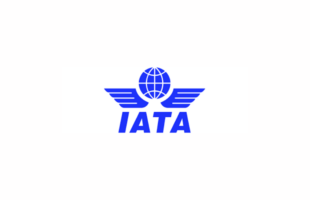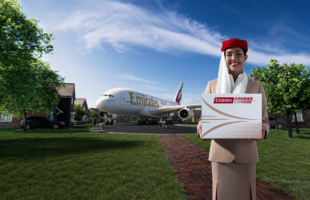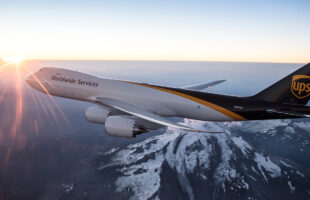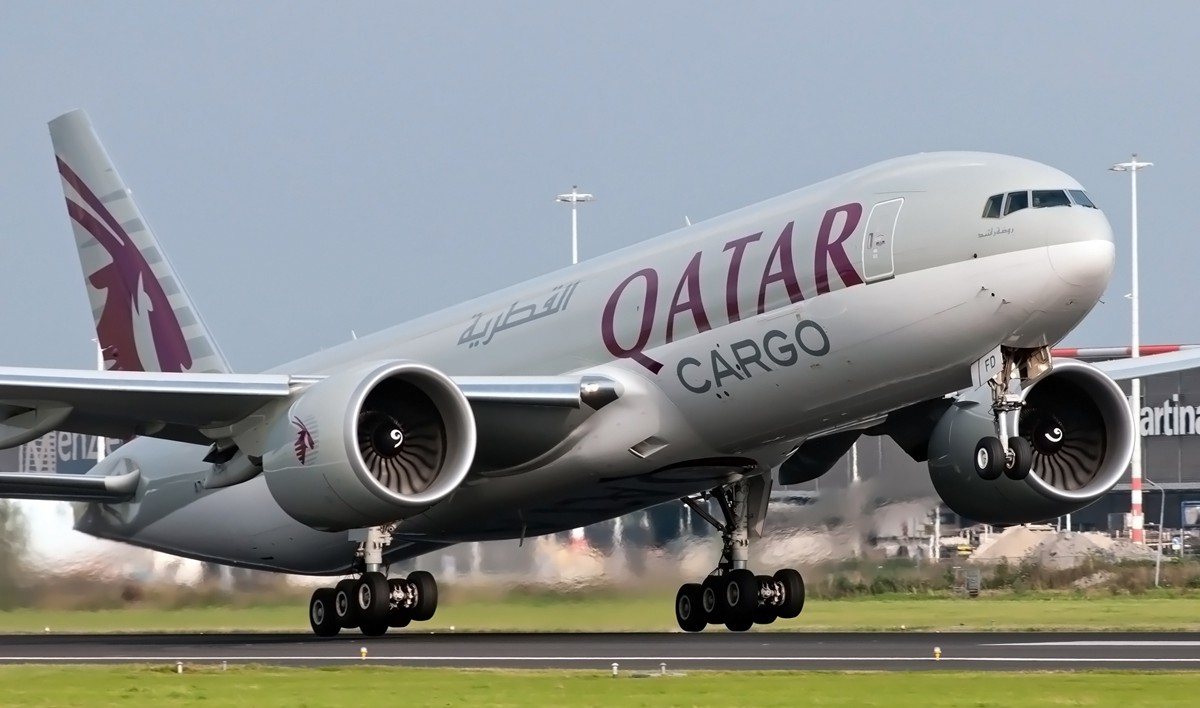
In 2014 airlines operated some 100,000 flights per day and transported 51.3 million tonnes of cargo, equivalent to around 35 per cent of the total value of all goods traded internationally, according to figures released on 16 September by the International Air Transport Association (IATA) in its 59th annual World Air Transport Statistics (WATS) report.
Globally, cargo markets in 2014 saw a 5.8 per cent expansion in freight tonne kilometres (FTKs), outstripping a capacity increase of 5.0 per cent lifting load factors to 48 per cent. The top 10 global cargo carriers uplifted 21.3 million freight tonnes last year, representing 41.5 per cent of all air freight carried globally in 2014.
While the top five largest cargo carriers in terms of freight tonnes carried remained the same as last year – Federal Express (7.1 million) UPS Airlines (4.2 million) Emirates (2.3 million) Korean Air (1.5 million) Cathay Pacific Airways (1.5 million) – there was movement in the second half of the group.
China Southern Airlines (1.3 million) moved up two places to the number-six position ahead of Taiwan’s China Airlines (1.3 million) at number seven position, with All Nippon Airways (1.2 million) jumping three places from outside the top 10, to the number eight spot. Air China (1.2 million) maintained its position at number nine and Qatar Airways (1.2 million) breached the top 10 for the first time. Singapore Airlines and China Eastern Airlines were both edged out from the top 10 rankings for 2014.
“Commercial aviation is a remarkable engine for economic activity. The growth of connectivity illustrates the point. A billion more people boarded aircraft last year than did a decade ago,” said Tony Tyler, IATA’s director general and CEO.
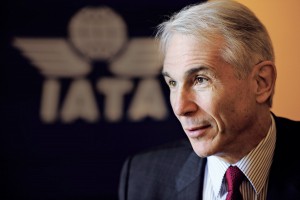
“Much of that growth has been in the Asia-Pacific region where expanding connectivity has gone hand-in-hand with economic opportunity. The industry’s 2014 performance shows aviation connectivity as a driving force in emerging economies and a critical component in the developed world,” he added.
Asia-Pacific has clearly established itself as the industry’s largest market for both freight and passengers with 2014 statistics showing international freight traffic to, from and within the Asia-Pacific region representing 38.9 per cent of total global cargo traffic in freight tonnes.
Europe (22.7 per cent) was the next largest cargo market followed by North America (16.6 per cent), Middle East (16.2 per cent), Latin America (3.6 per cent) and Africa (2.0 per cent).
In terms of passengers the Asia-Pacific was also the largest market with a 42 per cent share of total international revenue passenger kilometres (RPKs). Carriers registered in the Asia-Pacific region carried some 33 per cent of total passengers (Europe was the next biggest market with a 26.3 per cent share followed by North America at 25.3 per cent).
The five busiest international and domestic city-pair air routes were all in the Asia-Pacific region. The largest city pair is Hong Kong-Taipei (5.1 million, up 4.0 per cent from 2013), followed by Jakarta-Singapore (3.5 million, up 1.4 per cent), Hong Kong-Singapore (2.8 million, increase of 7.8 per cent), Hong Kong-Shanghai (2.7 million, up 5.9 per cent) and Hong Kong-Seoul (2.5 million, an increase of 25.8 per cent from 2013).
The top five airlines ranked by total scheduled passengers carried (domestic and international) were: Delta Air Lines (129.4 million), Southwest Airlines (129.1 million), China Southern Airlines (100.7 million), United Airlines (90.4 million), American Airlines (87.8 million) not including the numbers from US Airways (54.4 million) which operated as a separate entity in 2014).




